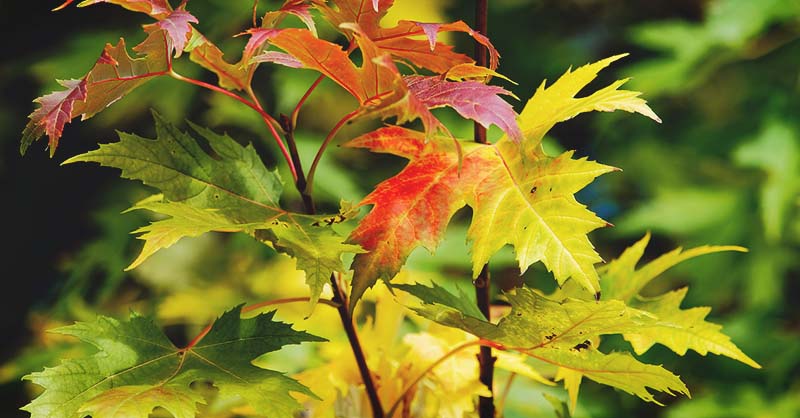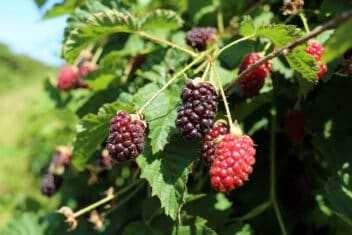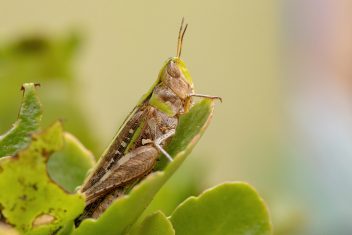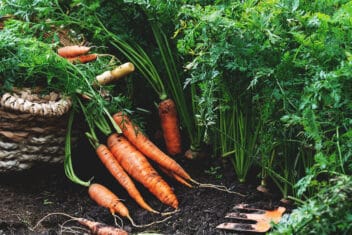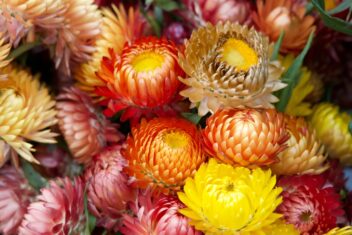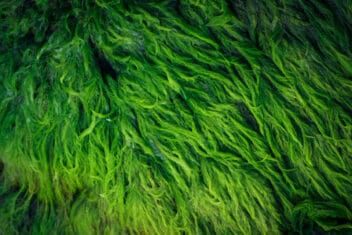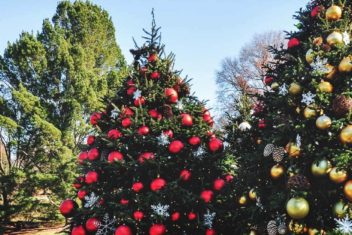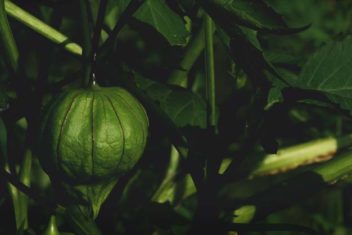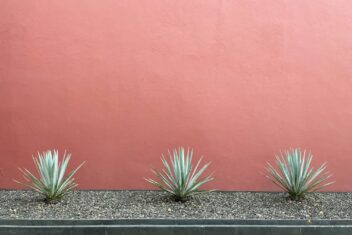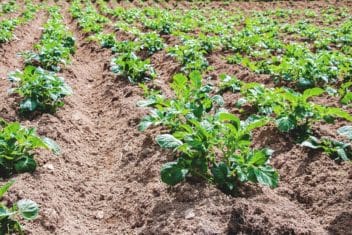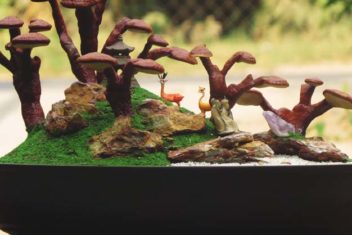If you are looking for all the benefits of having big, beautiful trees in your yard, but you don’t want to wait decades to reap the benefits, then you’re going to want to check this out. We’re bringing you 32 of the best fast-growing trees.
Adding a tree to your property requires some forethought. It’s important to pick a variety that serves your needs but won’t cause problems down the road. Whether you’re looking for extra privacy, food, protection against poor air quality, shade, or want to add some visual interest to your outdoor space, there’s a tree that fits the bill.
Before deciding, take a look below at the comprehensive list of candidates for your yard. You’ll find a host of options with fast to moderate growth rates, which means you won’t have to wait years to get the most out of your new plant-companion.
What’s the Best Time to Plant Trees?
While spring is the ideal time to plant certain bulbs and sow vegetable seeds, it’s not necessarily the prime tree-planting season. Spring sometimes brings uncharacteristically warm weather and overly wet soil.
Fall temperatures, on the other hand, are more conducive to planting since there’s little risk for severely hot weather that might stress saplings.
Fall’s moderate rainfall and mild weather help encourage root growth. Keep in mind, however, that you should avoid planting too late in the season to prevent stunted roots and frost damage.
(When we refer to the fall season, we’re technically talking about late August to late October.)
Drawbacks of Fast-Growing Trees
You’ll find a list of disadvantages for all varieties listed below to ensure you get a well-rounded picture of each fast-growing tree. Common problems with rapid growers include weak woodedness, disease susceptibility, and vulnerability to frost and wind damage.
Proper placement and care should also be taken to avoid problems that may arise due to aggressive root systems. Consider a tree’s mature size and choose a variety that’s compatible with your property size and location.

32 Fast-Growing Trees:
1. Freeman’s Maple
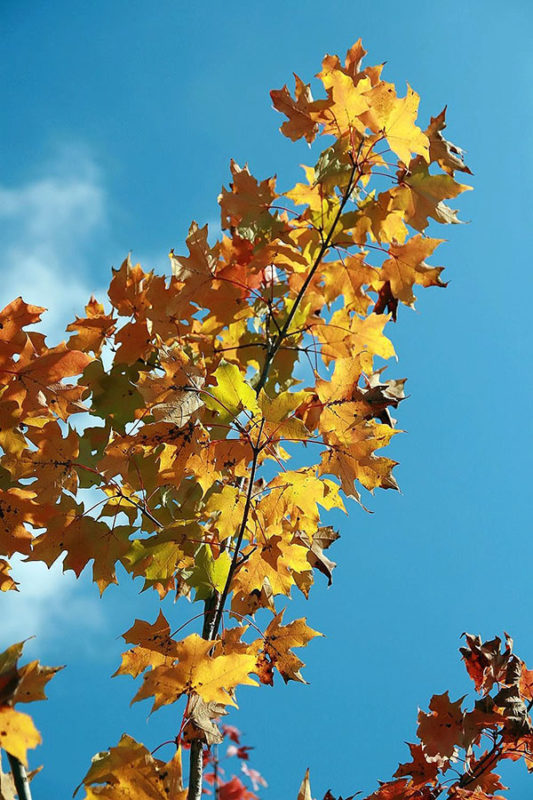
The Freeman’s maple is a hybrid variety with gorgeous colorful foliage that reveals itself at the turn of the season in the fall. The fast-growing tree, which is a cross between the red and silver maple, offers the best of both worlds. It’s sturdy and doesn’t have an aggressive root system.
Suitable zones for planting: 5-8
Mature height: up to 60-feet
Drawbacks: Delicate bark.
2. Hybrid Poplar
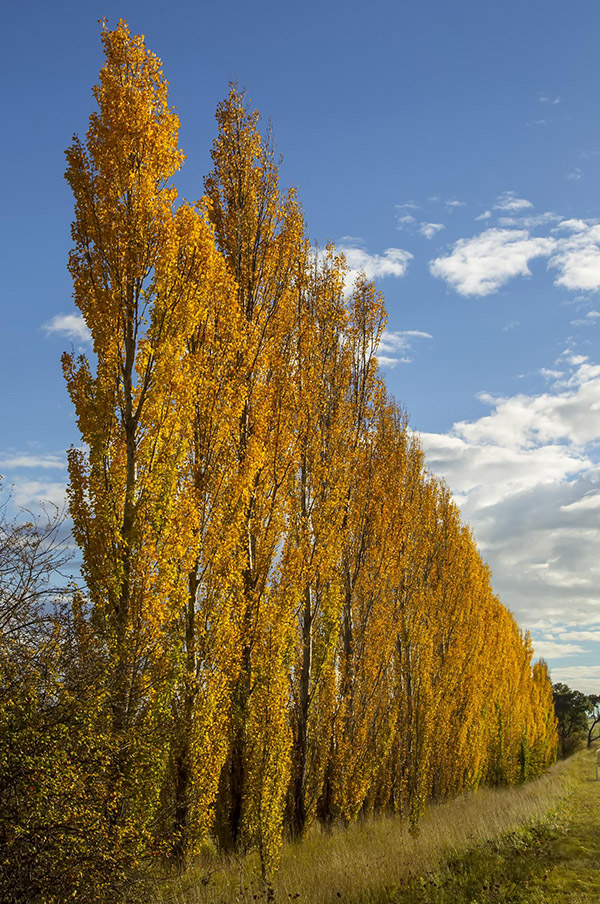
The hybrid poplar is incredibly fast-growing, and many varieties are disease-resistant. Planting is headache-free, and the tree is also a sustainable source of firewood.
Suitable zones for planting: 3-9
Mature height: up to 50-feet
Drawbacks: Has a short lifespan and is weak-wooded.
3. Tulip Tree
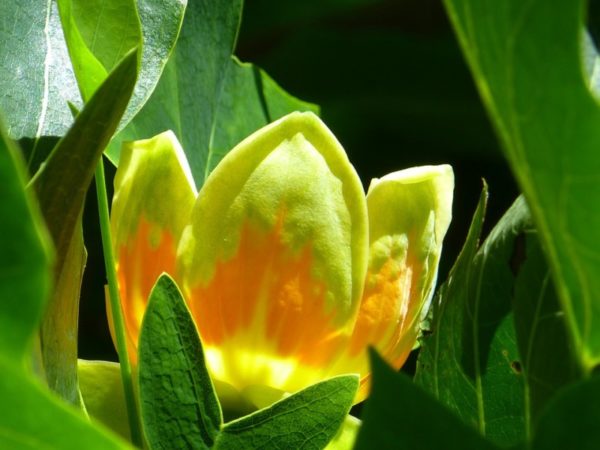
The tulip tree is native to eastern parts of North America and is named for its pretty tulip-like flowers. Flowering only occurs when the tree is older, but attract native species of hummingbirds and other wildlife.
Suitable zones for planting: 5-9
Mature height: up to 90-feet
Drawbacks: Makes a mess and has a poor tolerance for drought.
4. Sycamore
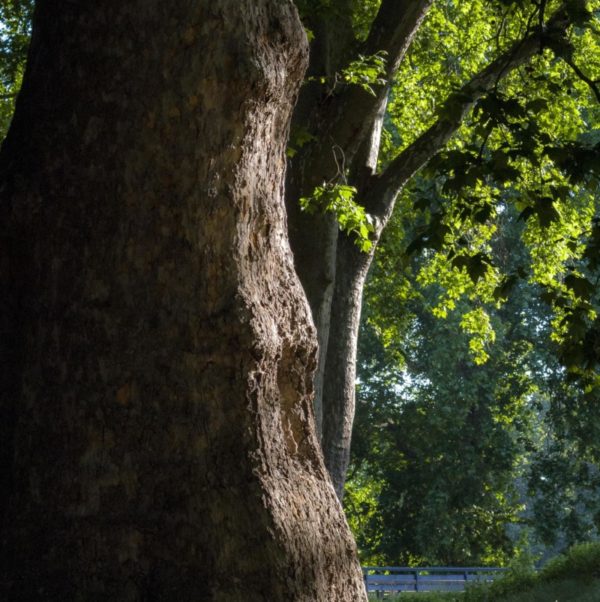
A native tree to California, the American sycamore grows massive and has an impressive spread. A beautiful tree for those with room to spare.
Suitable zones for planting: 7-10
Mature height: up to 100-feet
Drawbacks: Not suitable for small areas and has aggressive roots.
5. Eastern Redbud
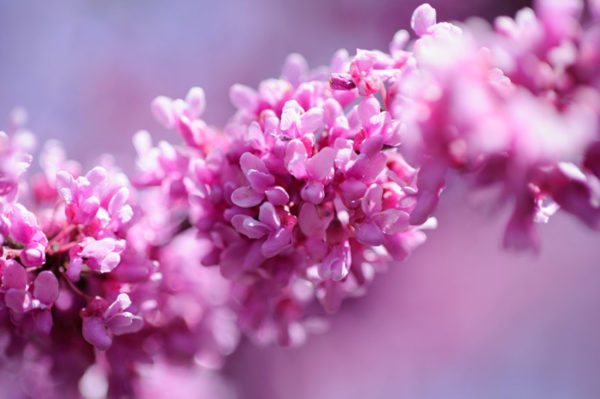
Native to North America, the Eastern redbud offers a beautiful spring display of pink blossoms. The elegant tree flowers even when young and attracts butterflies.
Suitable zones for planting: 4-9
Mature height: up to 30-feet
Drawbacks: Prone to fungal diseases and sap-sucking pests.
6. Sweet Bay Magnolia
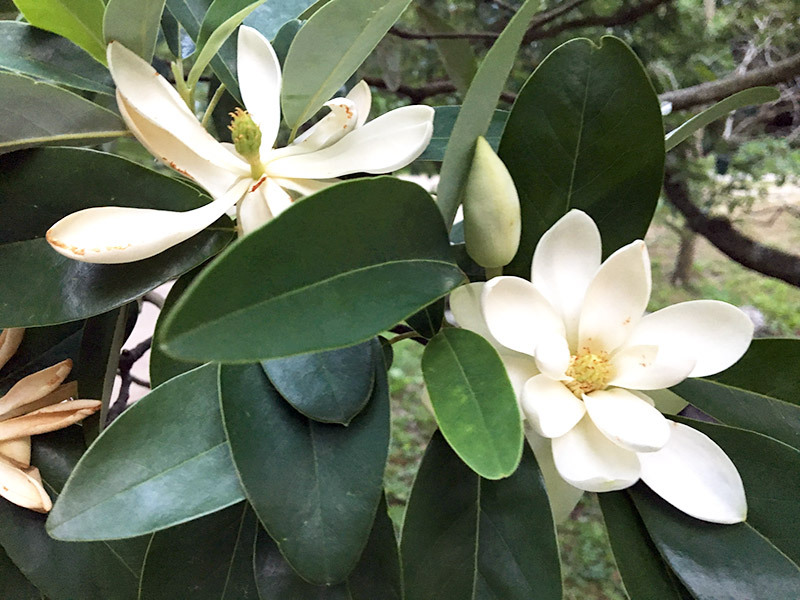
An ornamental variety that leaves behind less of a mess than other magnolias. Also features fragrant flowers.
Suitable zones for planting: 5-10
Mature height: up to 50-feet
Drawbacks: Poor tolerance for drought.
7. Shamel Ash
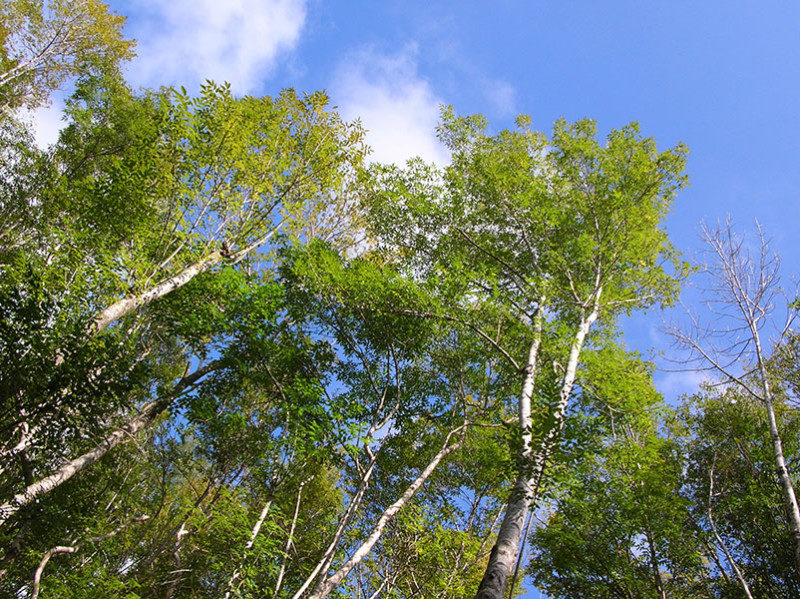
Shamel ash trees are native to Southern California and parts of Mexico. They provide a generous amount of shade and have the quickest growth rate of all ash varieties.
Suitable zones for planting: 8-10
Mature height: up to 40-feet
Drawbacks: Susceptible to diseases that affect the leaves and appearance of the tree.
8. Nuttall Oak
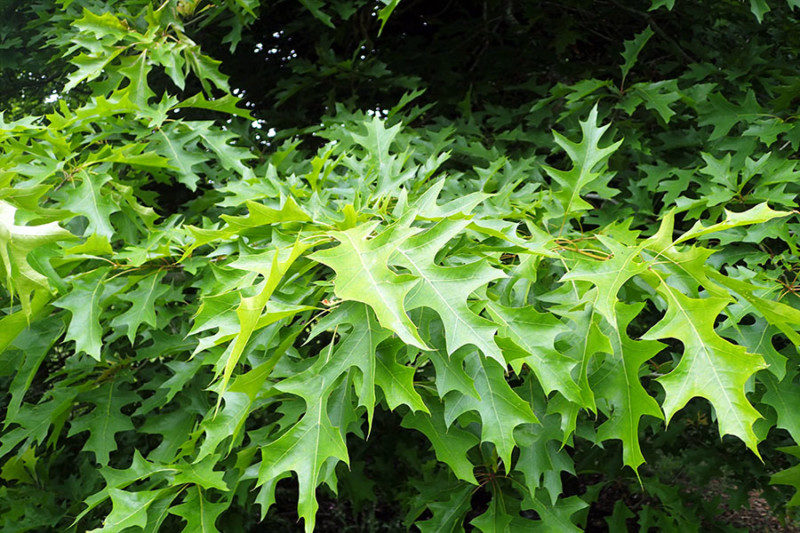
This fast-growing tree has few problems and is an all-around tolerant variety with attractive fall foliage.
Suitable zones for planting: 6-9
Mature height: up to 60-feet
Drawbacks: None of note.
9. Eucalyptus Gunnii
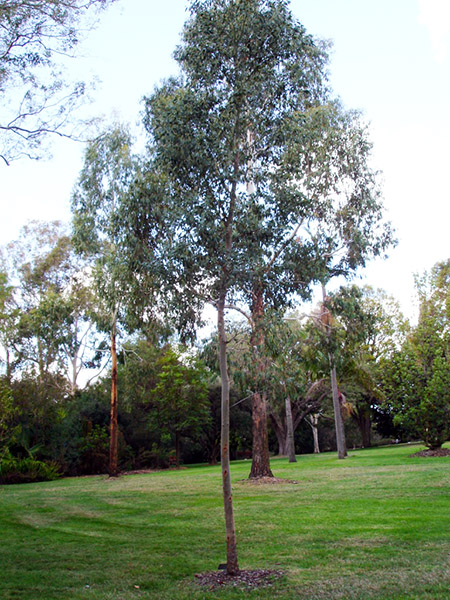
Native to Australia this tree is also known by the name cider gum. The hardy plant produces sap that can be transformed into an edible syrup. It’s is also a useful source of firewood.
Suitable zones for planting: 7-10
Mature height: up to 80-feet
Drawbacks: Susceptible to fungal diseases.
10. Leyland Cypress
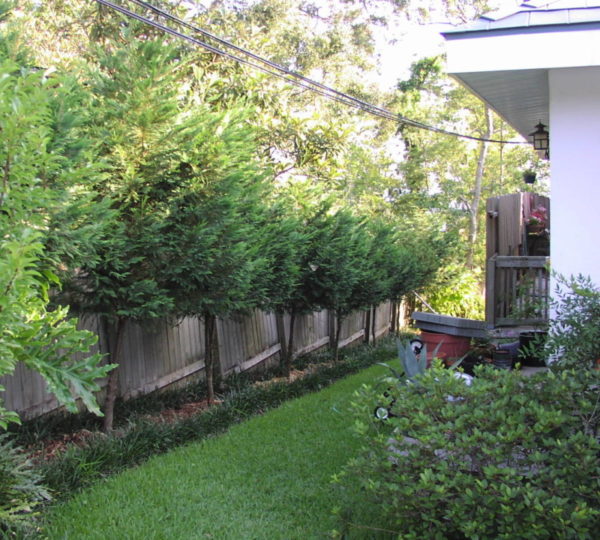
The dense growth of this tree makes it a good choice for adding privacy to your yard.
Suitable zones for planting: 6-10
Mature height: up to 70-feet
Drawbacks: Requires regular pruning.
11. Pecan Tree
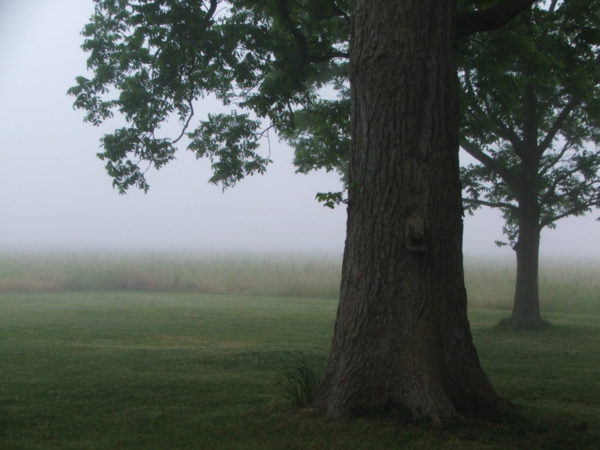
A producer of yummy nuts that can be used for pies and other culinary delights. It’s the state tree of Texas and has an incredibly long lifespan.
Suitable zones for planting: 6-9
Mature height: up to 100-feet
Drawbacks: You’ll need to plant more than one of this extremely large tree to ensure pollination occurs.
12. River Birch
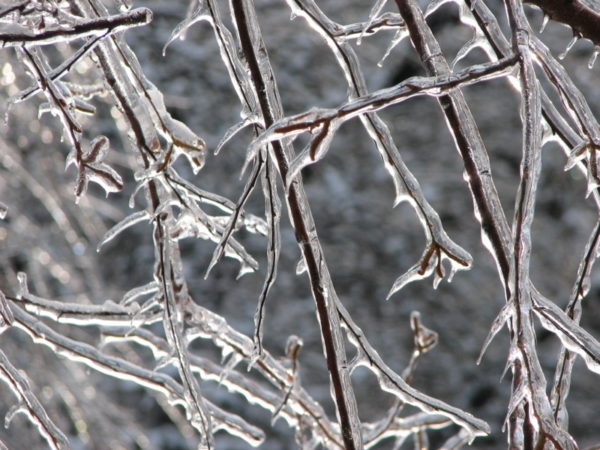
River birches thrive when planted near water and can handle waterlogged soils. They are more disease-resistant than other birch varieties.
Suitable zones for planting: 4-9
Mature height: up to 70-feet
Drawbacks: Branches are delicate and prone to falling and making a mess.
13. Paper Birch
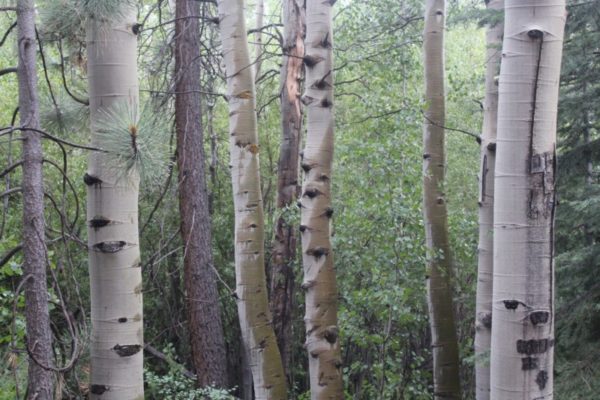
One of my personal favorites and the state tree of New Hampshire, the smooth papery bark of this birch gives it its name. It’s also an important tree for wildlife.
Suitable zones for planting: 2-7
Mature height: up to 70-feet
Drawbacks: Not suitable for highly polluted areas and is vulnerable to breakage from wind and ice.
14. Red Maple
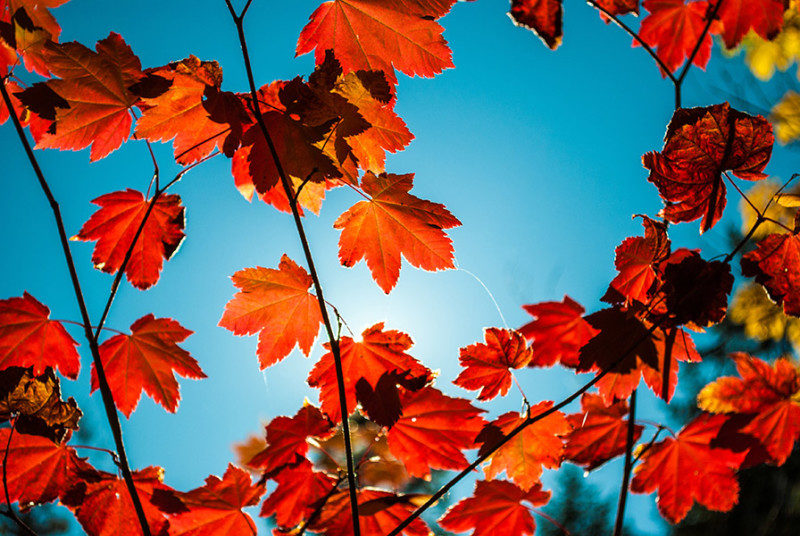
The red maple almost looks as if it’s on fire in the autumn thanks to its brilliant red foliage display. The tree is native to eastern and central regions of North America and is an excellent source of food for many small mammals.
Suitable zones for planting: 3-9
Mature height: up to 60-feet
Drawbacks: Susceptible to breakage.
15. Silver Maple
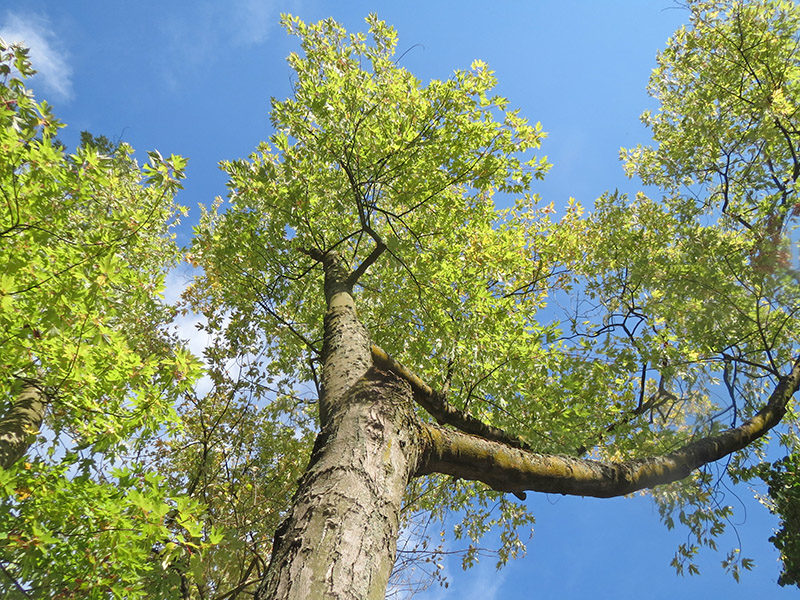
Native to North America, the silver maple grows quickly and offers ample shade. Its beautiful leaves feature silver undersides that seem to glitter in the wind. I have two mature silver maples on my property, and they offer great shade and privacy. They do require some maintenance, though, and every fall we have a ton of leaves to rake!
Suitable zones for planting: 3-9
Mature height: up to 80-feet
Drawbacks: Far-reaching root system may cause problems if the tree is planted near sidewalks or home foundations. Branches are prone to breakage, as well.
16. Frisia
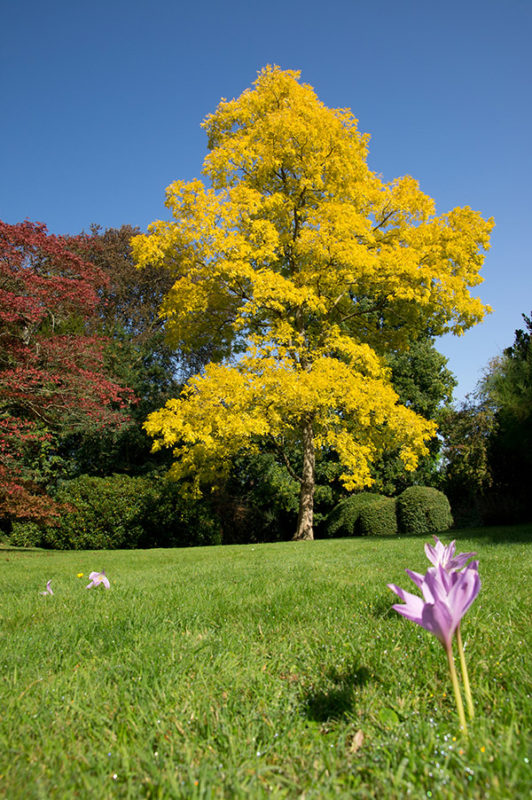
The delicate Frisia is native to North America and is also known as the golden locust tree.
Suitable zones for planting: 4-9
Mature height: up to 25-feet
Drawbacks: Weak branches and requires regular upkeep and pruning.
17. Mountain Ash
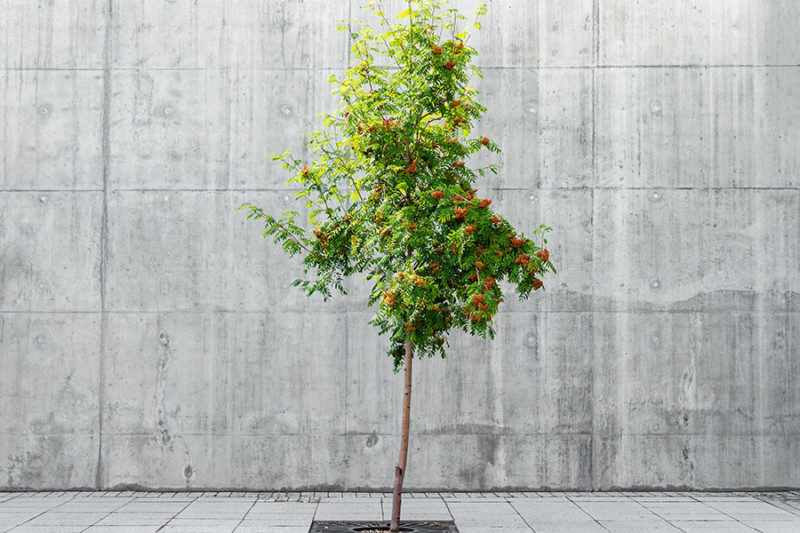
The mountain ash has a fairly compact growth habit and is both hardy and easy to grow.
Suitable zones for planting: 2-5
Mature height: up to 25-feet
Drawbacks: Short lifespan and susceptible to pollution.
18. Acacia
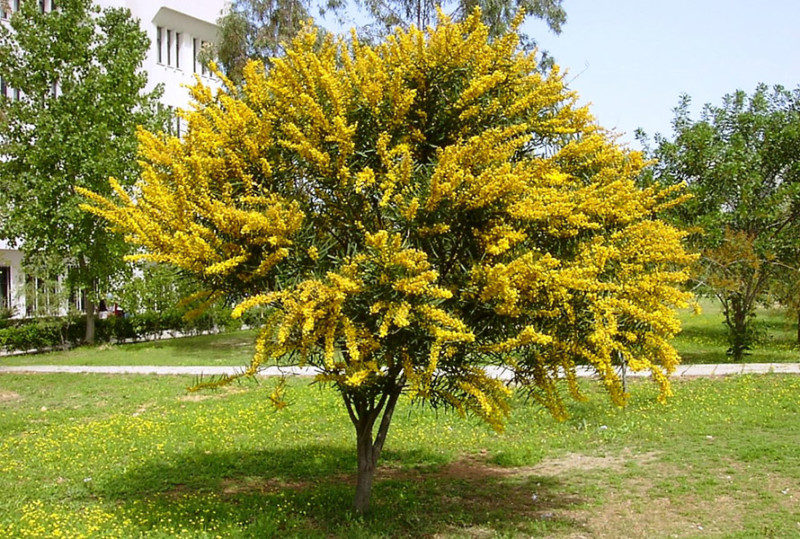
Includes multiple varieties that are suitable for warm climates and drought-prone areas.
Suitable zones for planting: 9-11
Mature height: Varied
Drawbacks: Most acacia trees aren’t particularly long-lived.
19. Bayberry

The bayberry is also known as wax myrtle. The berry-laden shrub is cold hardy and has many uses. Parts of the plant are used for medicinal purposes, and the berries are often used in candlemaking because of their pleasant scent.
Suitable zones for planting: 3-7
Mature height: up to 8-feet
Drawbacks: None of note.
20. Bald Cypress
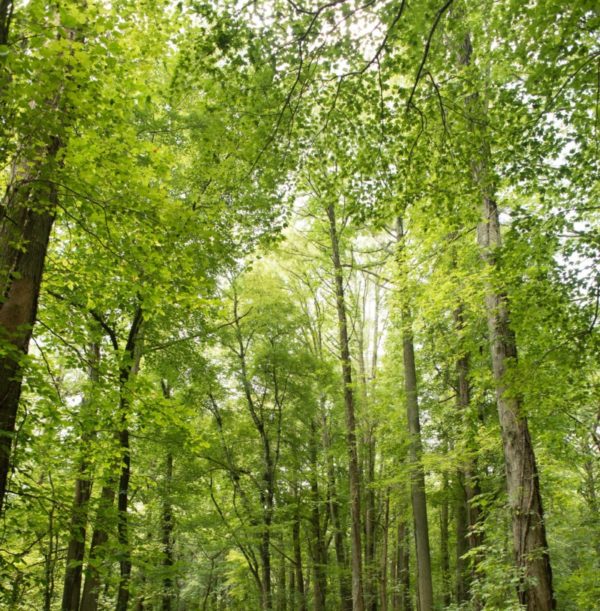
Native to Southern parts of the United States, this conifer grows well in swampy areas.
Suitable zones for planting: 4-10
Mature height: up to 70-feet
Drawbacks: Slower growth that other trees on this list and is susceptible to certain pests.
21. Palo Verde
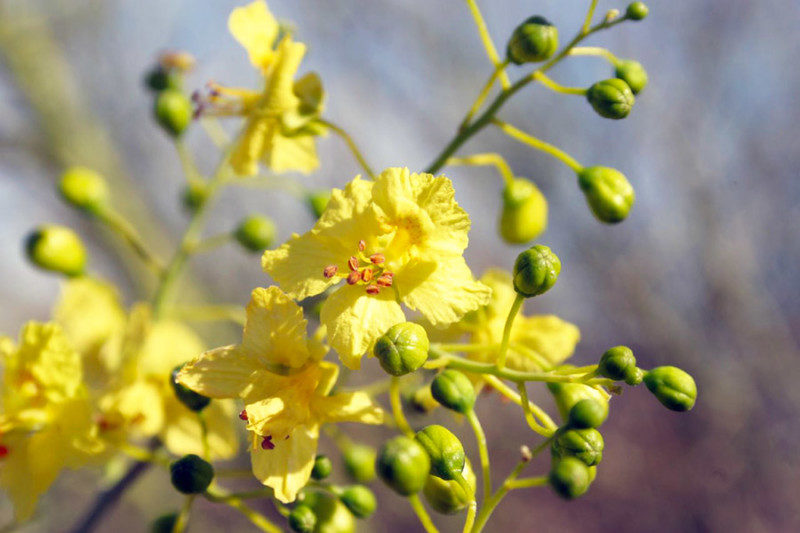
An attractive desert variety with a distinct appearance.
Suitable zones for planting: 9-10
Mature height: up to 25-feet
Drawbacks: Not a good choice for allergy sufferers. Some people call it the Claritin tree.
22. Japanese Pagoda Tree
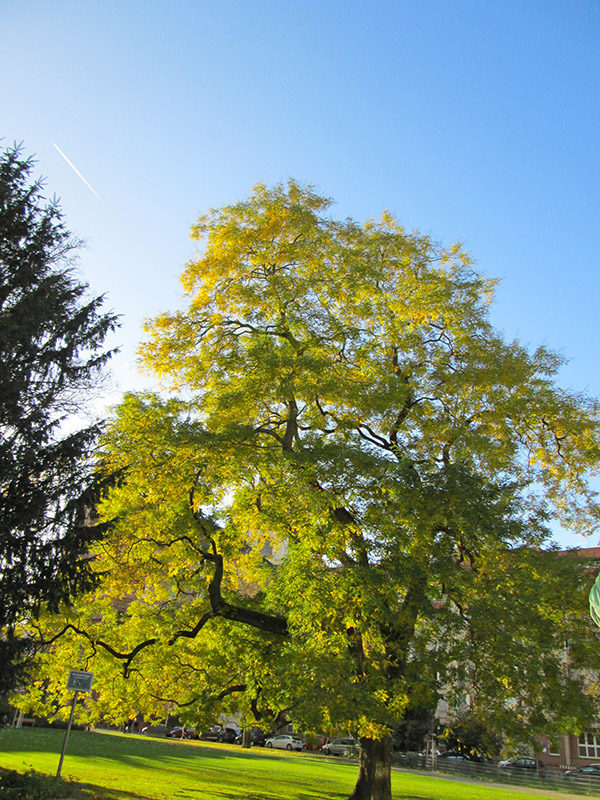
This fast-growing tree is native to China and Korea and is also known as the Chinese scholar tree. A neighbor down the road has one of these growing in their front yard and it’s a beauty. The pagoda tree is a nice ornamental with pretty flowers. It’s also heat and drought tolerant.
Suitable zones for planting: 4-9
Mature height: up to 60-feet
Drawbacks: Makes a mess when flowers drop and smaller trees may be damaged if temperatures drop too low.
23. Dawn Redwood
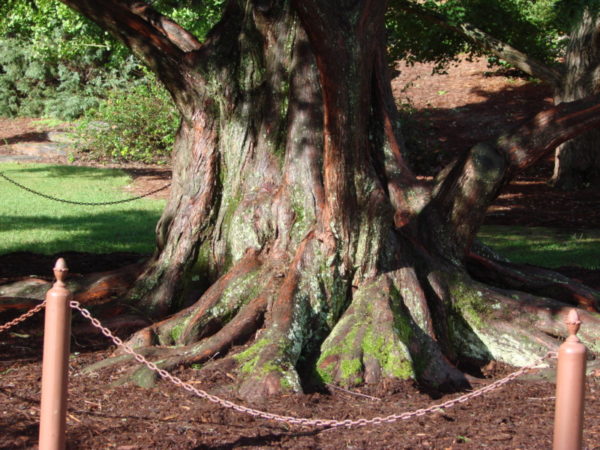
Trying to come up with a more majestic tree than the dawn redwood is tough. It has a quick growth rate and is nearly maintenance-free. It also offers shelter for small animals and birds during the colder months.
Suitable zones for planting: 5-8
Mature height: up to 100-feet
Drawbacks: Sensitive to frost (best planted early on in the fall) and requires a lot of room to thrive. This is one substantial mature tree.
24. Chilean Mesquite
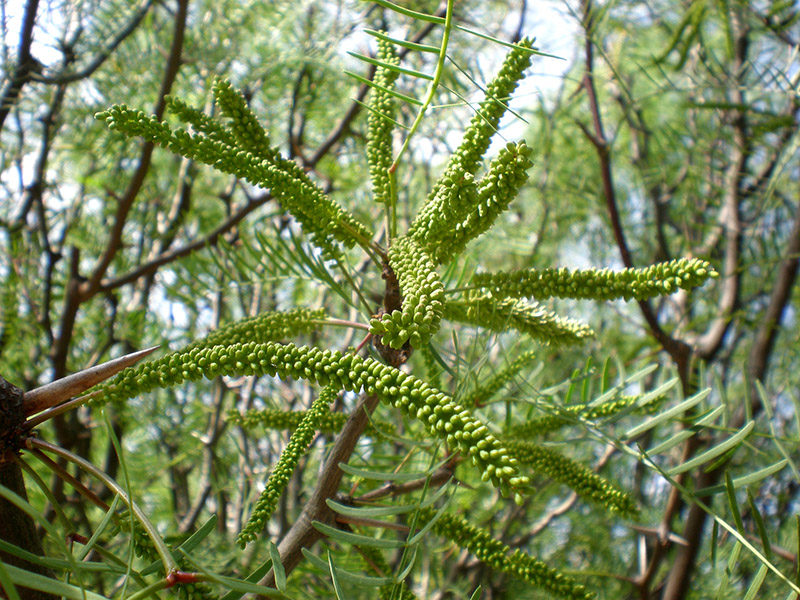
The Chilean mesquite is native to South America and features a lovely shape. It’s a great shade tree.
Suitable zones for planting: 9-11
Mature height: up to 30-feet
Drawbacks: Seed pods create a mess, and the tree has aggressive roots.
25. Strawberry Tree
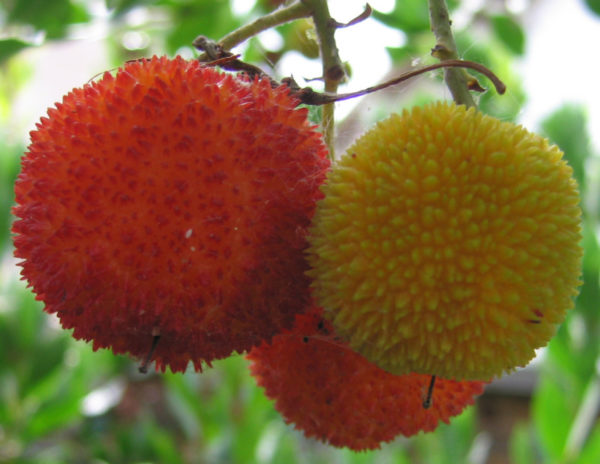
No, this fast-growing tree doesn’t produce actual strawberries, but little edible fruits do grow on its branches.
Suitable zones for planting: 4-9
Mature height: up to 30-feet
Drawbacks: Slow-growing compared to other trees featured.
26. Royal Empress

When it comes to fast-growing trees, this is one of the quickest. It’s native to China and has a growth rate of up to 15-feet per year. It’s drought tolerant, does a great job at filtering air, and has beautiful blooms.
Suitable zones for planting: 7-11
Mature height: up to 50-feet
Drawbacks: Sadly, it’s invasive and has a strong tendency to crowd out other plant life.
27. American Elm
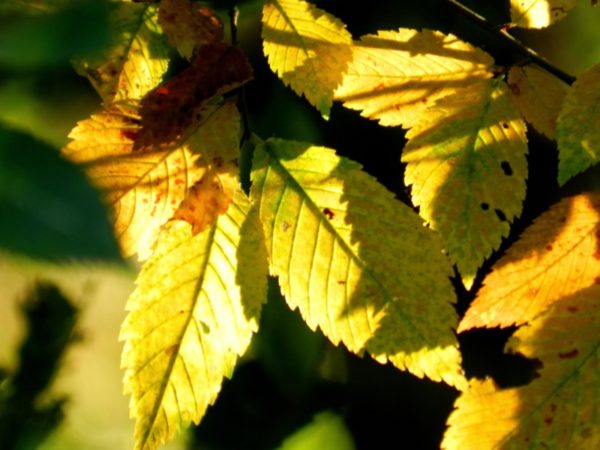
Grows reasonably rapidly and is native to the Eastern United States.
Suitable zones for planting: 3-9
Mature height: more than 40-feet
Drawbacks: Unfortunately, this gorgeous elm variety is vulnerable to a host of diseases including Dutch Elm disease, which has decimated populations of this tree.
28. Zelkova
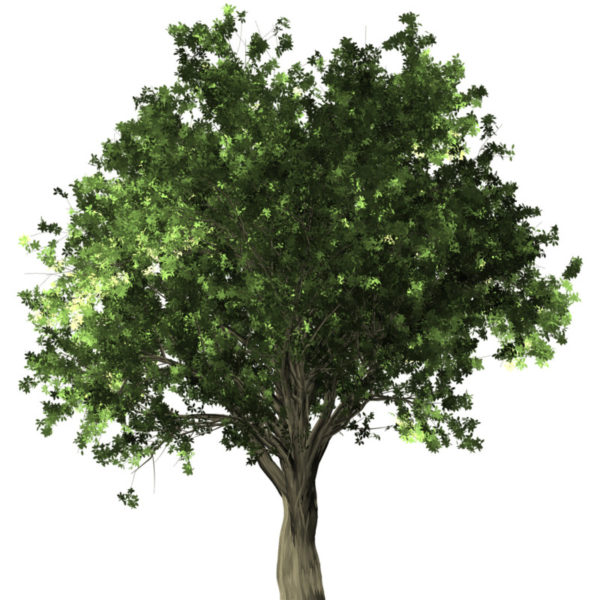
The zelkova is native to Japan and grows at a moderate pace each year. It’s an appropriate option for urban settings since it’s tolerant of drought and pollution. It also puts on a showy fall display.
Suitable zones for planting: 5-8
Mature height: up to 80-feet
Drawbacks: Sensitive to frost when young.
29. Green Ash
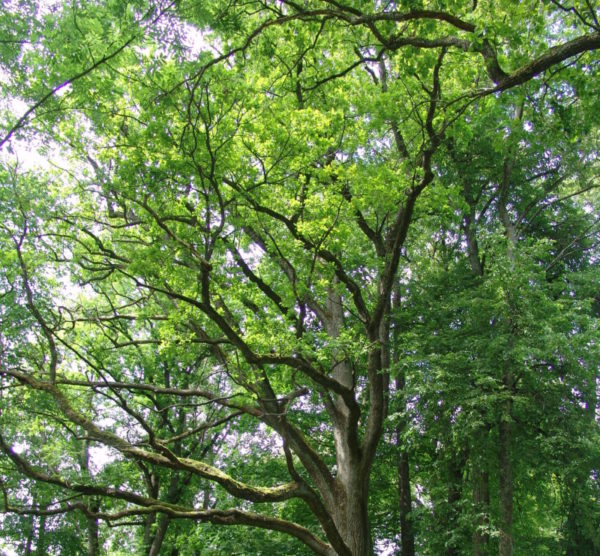
A hardy tree often used in place of disease-prone American elms.
Suitable zones for planting: 2-9
Mature height: up to 60-feet
Drawbacks: Emerald ash borer poses a continual problem for the green ash tree.
30. Weeping Willow
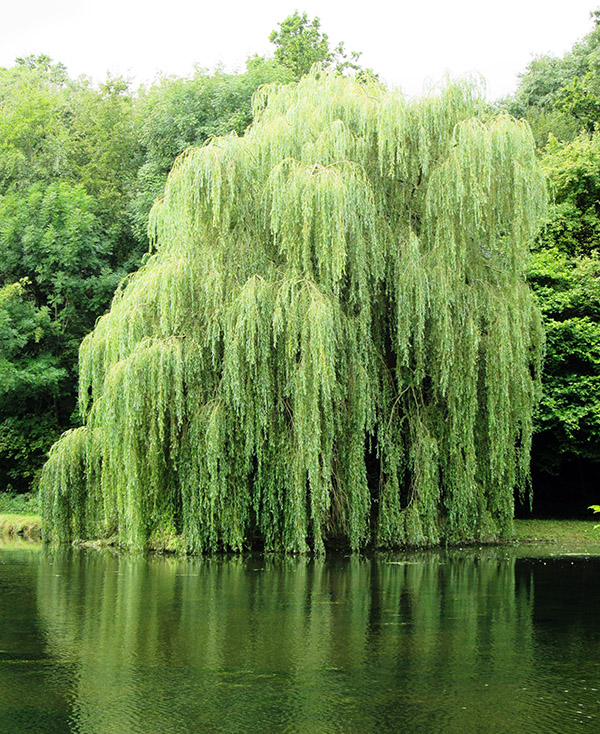
The weeping willow is native to China and is one of my favorite trees. The unique looking tree is simple to grow and adds an aura of majesty wherever it’s planted. It’s an excellent shade provider and thrives near water. Despite all this, it’s not without its problems.
Suitable zones for planting: 6-8
Mature height: up to 40-feet
Drawbacks: The tree drops a fair amount of debris and has a relatively short lifespan. It’s an enormous tree and has an aggressive root system, meaning it’s not suitable for most average sized properties.
31. Cherry Laurel
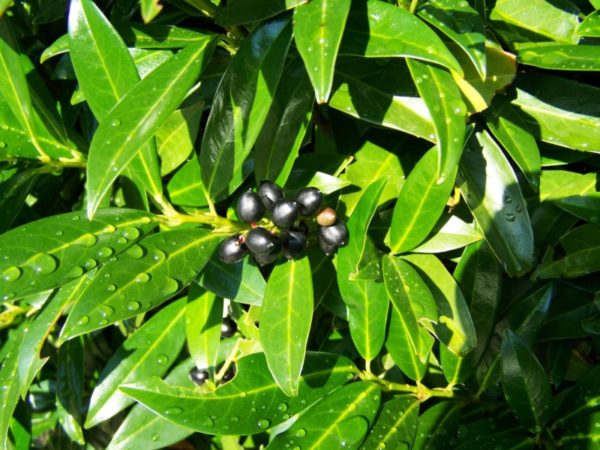
The shrub is native to parts of Asia and Europe and is a fast-growing, hardy variety.
Suitable zones for planting: 7-10
Mature height: up to 30-feet
Drawbacks: Has poisonous berries and may be invasive in some areas.
32. Lombardy Poplar
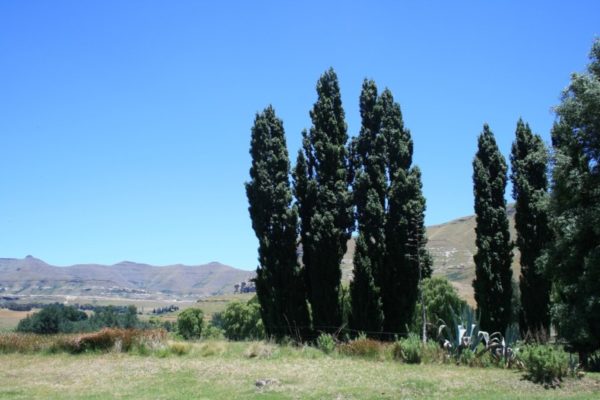
Lombardy poplars have a tall, slender growing habit. Grown in a row, they offer privacy and blockage from the wind.
Suitable zones for planting: 3-9
Mature height: up to 60-feet
Drawbacks: Difficult to remove, short-lived, and disease-prone.
Ready to choose and plant your new fast-growing trees? Do you have a favorite from this list, or are you growing any of the above trees on your property? Or perhaps you know of a perfect variety that wasn’t mentioned? Let us know in the comments section below!

